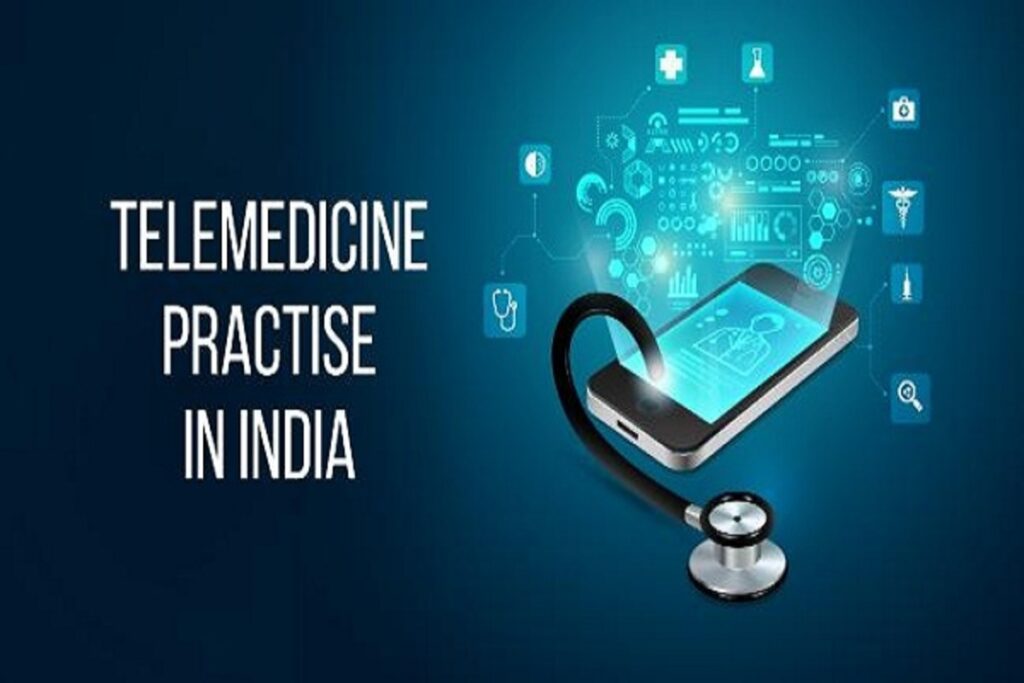The healthcare sector in India offers a variety of striking contrasts. The opulent steel and glass buildings on one end of the spectrum provide high-tech healthcare to the wealthy, primarily metropolitan Indian population. On the other extreme are around 70 % of the Indian population residing in the rural region, clearly struggling to get access to basic healthcare.
Given the enormous number of healthcare related issues the majority of the Indian population is facing, it is important that our healthcare sector gets access to the updated tools and data, thereby bridging the gap between the urban and rural India.
Considering the affordability factor would be the first step in this way. As a large portion of the Indian population is still below poverty line, it’s important for the advanced technology to not only be updated but also be affordable. This would then result in increased capacity of hospitals in rural areas, quicker solution to problems, and improved medical techniques.
Following the pandemic, India has seen ground-breaking technological developments that are bringing about a new healthcare paradigm, being accessible and improving lives. A concept called telemedicine has played a significant role in this breakthrough as it enables patients to consult doctors via video chat using a variety of communication methods, including mobile, laptop, and wireless technologies. This blog will contain lots of insights on Telemedicine and how it is likely to become the future of the Indian healthcare sector.
Why is Telemedicine a perfect digital trend for India?
India, a developing country is witnessing an increase in economic growth but growing health expenditure is still posing a challenge.
The WHO recommends a doctor for every 1000 people, however India only has 0.62 doctors for every 1000 people. The current cost and time required for training a new physician is high. However, the widespread use of telemedicine services in the country is fairly making up for this shortage.

As telemedicine delivers health care by virtue of exchange of data, information and use of telecommunication technology, it is proven a great alternative for effective remote communication of information to facilitate clinical care. Data and information shared iin the form of image, voice and medical record or surgical robot commands makes Telemedicine a solution to bridge the gap between resources available and growing needs in the health care system in India.
In Addition, Telemedicine also offers an opportunity for effective collaboration of primary and secondary health care setups, thereby providing quality healthcare to populations staying in rural areas.
Currently, many apps and platforms are
available that represent a digital expansion of the medical industry and offer easy interaction between patients and doctors. Total Health Solutions is one such platform.
If given support from dedicated round-the-clock helpline platforms, software programs, IT assistance, and remote diagnostics, district level hospitals can also be bolstered and made more capable of handling the more urgent medical problems. These digital health models, from an operational standpoint, can help with the creation of fresh revenue streams, deeper market penetration, and market dominance. They can also make a significant difference in easing the load of medical waste and opening doors for more ecologically friendly procedures.
In addition to the above-mentioned benefits, the investment involved in establishing the infrastructure for telemedicine and home care has dropped significantly, making its application affordable and allowing organisations the freedom to implement efficient ways of providing care. Additionally, the internet has also expanded the scope for e-health through web-based applications, thereby providing awareness about it to the local public.
Another advantage of Telemedicine is that it can also tackle inequity and lack of healthcare access for women living in rural India, who are often shying away from availing basic medical care for themselves. In such situations, a portable telemedicine kit can ensure getting them telemedicine services on-the-go and enhance healthcare.
In conclusion, an effective healthcare management system like Telemedicine is necessary to provide cheap healthcare to rural and metropolitan areas and to eliminate physical barriers due to the constant demand for better healthcare services and infrastructure.
Technology-driven home care and healthcare will increasingly play a major role in the delivery of healthcare across the country, proving to be more accessible and cheap for those who would not otherwise be able to receive high-quality medical treatment. Technology and innovation in the health sector have the potential to provide long-term answers to our population’s evolving healthcare demands. With time, options like Telemedicine will be the best way to provide healthcare in a nation that has long struggled with access to high-quality treatment.

